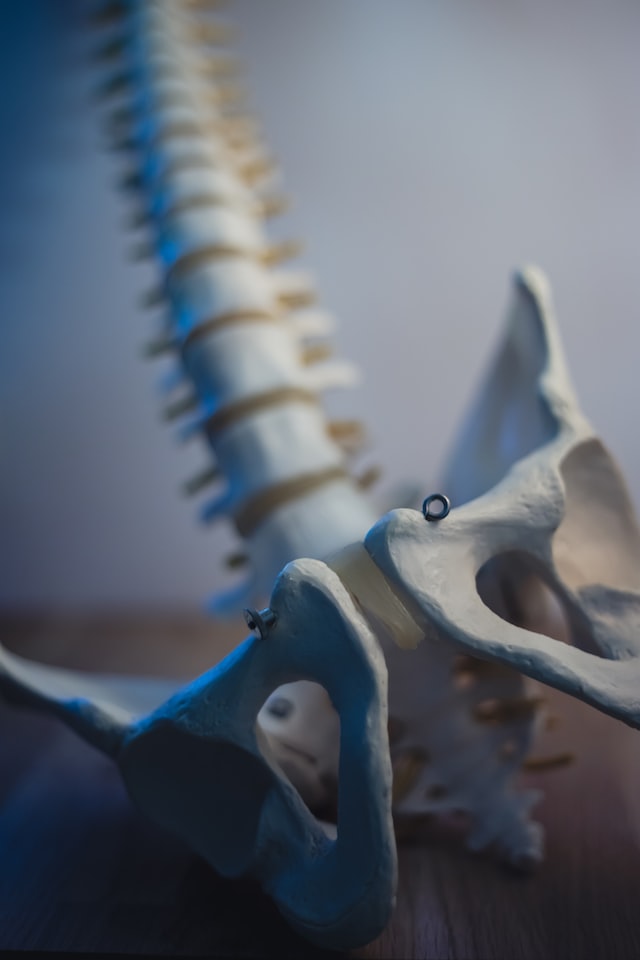Pelvic inflammatory disease (PID) is an infection that can affect the fallopian tubes, ovaries, and uterus. It can lead to complications, such as adhesions and scar tissue, ongoing pelvic pain, infertility, ectopic pregnancy, and more.
The condition is caused by bacteria, usually the same ones that cause sexually transmitted diseases like chlamydia and gonorrhea. Treatment includes antibiotics and sometimes surgery.
Treatments
Pelvic inflammatory disease (PID) is a severe infection of the female reproductive organs that can lead to pelvic adhesions and scar tissue, ongoing pelvic pain, and the possibility of ectopic pregnancy or infertility. Treatment of women’s pelvic diseases often involves antibiotics to destroy the bacteria that cause it, although sometimes surgery is needed.
Antibiotics are typically given as tablets or injections, depending on the severity of the infection. They may be prescribed as part of a treatment plan developed by your gynecologist.
Your gynecologist will review your medical history and perform a pelvic exam to assess the health of your reproductive organs. This can reveal signs of an infection, abnormal growths, or tense pelvic muscles.
Your gynecologist will prescribe antibiotics for you and your partner, and you should finish taking them to ensure that the infection is cured. Women infected with the sexually transmitted bacteria gonorrhea or chlamydia and those with an STI have a higher risk of developing PID than women who don’t.
Surgery
When it is necessary to treat pelvic diseases, doctors use various methods. Some of these procedures involve surgery to remove tumors or lesions that cause pain.
Pelvic surgery can also correct problems with the uterus, bladder, bowel, rectum, and vagina. These problems may be caused by hernias, infections, cysts, or a damaged uterosacral ligament (the ligaments that connect the vagina to the uterus).
A laparoscopy can help find and remove tumors that cause chronic pelvic pain. The process is usually done under general anesthesia and uses a thin tube with a camera to view the inside of your abdomen.
Doctors can also treat pelvic pain by performing surgery to treat adhesions and scar tissue that can bind one organ to another. This may be helpful if endometriosis, a prevalent pelvic pain cause, causes adhesions.
Antibiotics
Pelvic inflammatory disease (PID) is a common sexually transmitted infection of the upper female reproductive system, which includes the uterus, fallopian tubes, and ovaries. It can cause pain in the lower abdomen, vaginal discharge, and irregular vaginal bleeding.
It occurs mainly in younger women who have sex, especially with more than one partner. It also can happen in women with bacterial vaginosis (a condition caused by bacteria that usually live in the vagina).
A doctor may examine a woman for signs and symptoms of pelvic inflammatory disease during a regular office visit. She will discuss the cervix and vagina and take fluid samples with cotton swabs for testing.
Treatments for PID can be effective. Symptoms can get better within weeks or months. In addition, the proper medication can help reduce the chance of developing chronic pelvic pain, infertility, and other long-term complications.
Antibiotics are an essential part of the treatment of pelvic inflammatory disease. They are available as a single antibiotic or in combination with other drugs. They can be taken orally, through a vein (IV), or both.
Hormonal medications
Hormonal medications containing a combination of estrogen and progestin can help treat chronic pelvic pain from endometriosis, fibroids, interstitial cystitis, ovarian cysts, or adenomyosis. These medicines can be delivered by a vaginal ring (Nuvaring), a patch (Ortho Evra), or oral medication.
To begin treatment, your doctor must understand your symptoms and history. Therefore, it would be best if you told your doctor about your symptoms, such as when and where the pain starts, how long it lasts, and whether you are experiencing any other symptoms related to your pain, including mood swings, bloating, or fatigue.
Next, your doctor will physically examine your pelvis and abdomen to evaluate for abnormalities that may cause pain. During this exam, your doctor will use a soft cotton swab to feel for tenderness and points in the vulva or vagina.
If your doctor suspects endometriosis, you may be referred for a transvaginal ultrasound to confirm the diagnosis and determine the best treatment option. If you’re concerned about the side effects of the procedure, your doctor may recommend a low-dose benzodiazepine to help you relax. You can also apply a 2-5% lidocaine ointment to the vulva and vaginal area 10 minutes before the ultrasound.
Physical therapy
Pelvic floor physical therapy (PFPT) is a form of physical therapy that focuses on strengthening and supporting the pelvic floor muscles. These muscles help you control bladder and bowel movements and prevent urinary incontinence.
PFPT also helps women who have experienced childbirth and pelvic surgery. After surgery, your abdominal or pelvic muscles may take a long time to regain strength. PFPT can be a helpful treatment to strengthen these muscles and to heal the scars that may result from the surgery.
A physical therapist specializes in this type of therapy. They work with your doctor to create a personalized plan of care.
They use manual techniques to improve tissue mobility and circulation. They also recommend specific exercises to strengthen muscles and improve overall health.
Therapists can also incorporate heat and cold therapies into their routines. These treatments can reduce pain, stiffness, and swelling. They can be used alone or in conjunction with exercises. The course of treatment is usually between eight and 16 sessions. The number of visits depends on the diagnosis, severity, and patient goals.





Leave a Reply